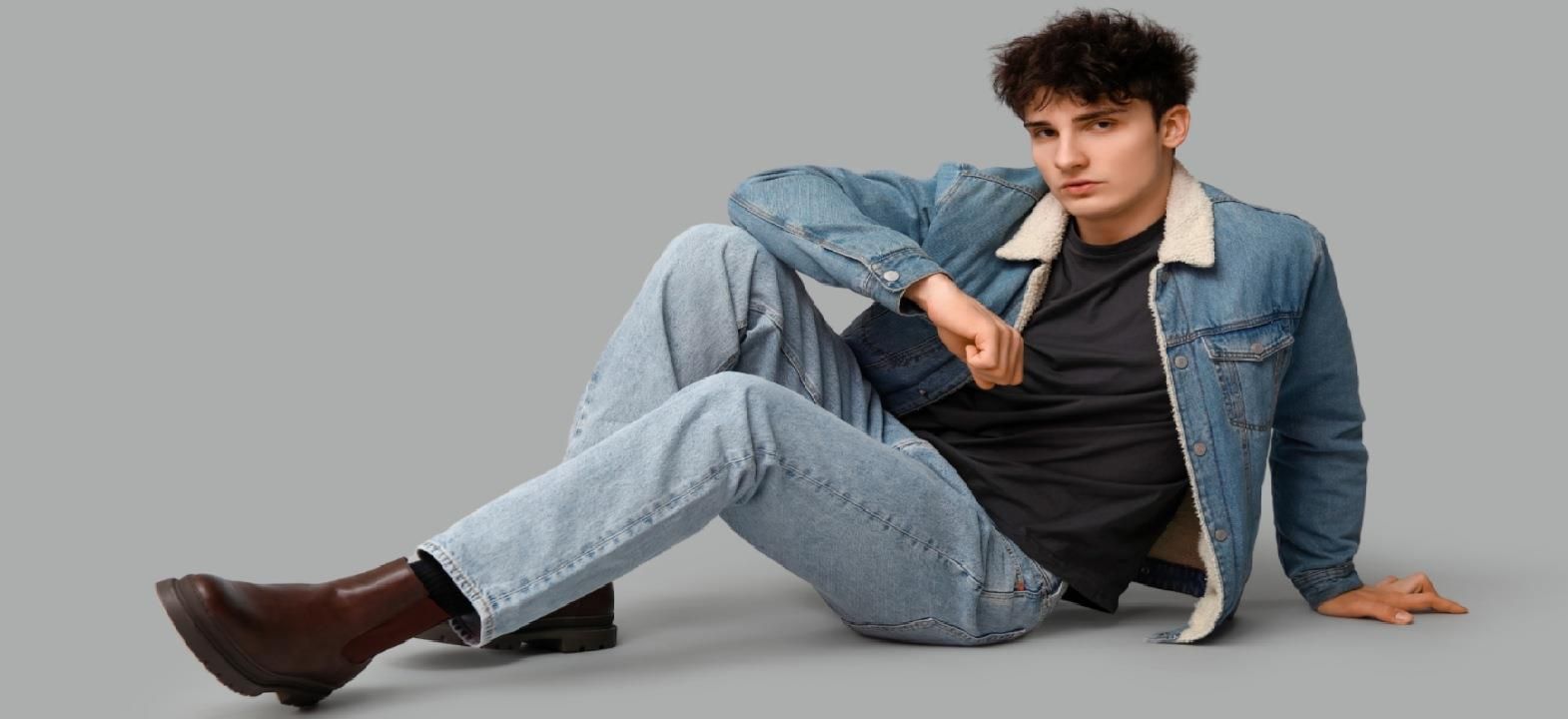Fashion
Bespoke basics: would you pay £160 for this T-shirt?

The T-shirt is white with a soft, almost cosy feel. It’s heavy, too. Mid-weight – or roughly two high street t-shirts – and made from Supima brushed cotton, it has a crew neck, subtle stitching, slim elbow-length sleeves and sits slightly below the hip. It’s comfy and fits perfectly. It’s also a white T-shirt. And who in their right mind would pay £160 for something they may spill coffee down?
This season, Sunspel – the upmarket basics menswear company who put James Bond, Brad Pitt and the dad in Paddington 2 in luxury tees – have launched a bespoke T-shirt service for men and women. Customers are measured and quizzed on tweaks – you can change the fabric, the stitching, arm and hip lengths. It takes about a month from start to finish, and is made in Sunspel’s Long Eaton factory.
If bespoke T-shirts sound ludicrous, that’s because they are. The term generally refers to suits and a process idealised by the upper classes. When Jennifer Aniston revealed in 2014 she tailors her T-shirts, it made the news.
Still, no trend exists in a vacuum, and this one hints at a bigger cultural shift around what is now considered casual and what is not, with T-shirts sitting in both camps. Andrew Scott wore one under his Valentino suit to the Golden Globes this year, while Doja Cat wore hers as a sopping wet dress to the Met Gala. Elsewhere, there’s a £600 one on sale at The Row, and a £3,230 leather one at Botttega Veneta. “The red carpet definitely elevated it, and I hear a lot around ‘bespoke casual’ from people who come here,” says Melissa Tyler, a tailor at Sunspel. “Then, of course, there is TV’s The Bear.” Carmy from The Bear famously wore a T-shirt that cost close to $100 . “Like it or not, nice T-shirts have become a conversational piece.”
Designed as undergarments around the turn of the 20th century, T-shirts were never meant to be seen. By the 1900s they had a name – “bachelor undershirts” – but it wasn’t until 1920 when F Scott Fitzgerald used the term (named after their shape) in print in This Side of Paradise that T-shirts became T-shirts.
Women, including Brigitte Bardot, only began wearing them in the late 1960s. “The cut works for both bodies,” says Tyler. Turning points came in 1992, when Chanel put logo versions on the catwalk, and in 1996 when Sharon Stone wore a high-neck Gap T-shirt to the Oscars.
They are unisex, but they have signalled a certain brand of erotic masculinity ever since James Dean paired his with a red blouson jacket, tight Lee jeans and a cigarette in Rebel without a Cause. By rewriting the rules, they became the uniform of the disenfranchised and the cool. T-shirts migrating to red carpets isn’t a stretch.
The sticking point is, of course, the price. You could buy eight M&S T-shirts for the price of a bespoke Sunspel one. Inflation might have pummelled spending but while most goods have seen increases since the 1990s, clothing prices have dropped about 20-30%, according to Evolena de Wilde, the CEO of the sustainable e-commerce company Faircado.
“White T-shirts – and similar basics – epitomise the fast-fashion paradox: once a wardrobe staple, they’re now mass-produced commodities,” says de Wilde. As a result, they have decreased in quality and are “engineered for short-term use, with manufacturers reducing fabric thickness and stitch quality to lower production costs”.
after newsletter promotion
The result? Consumers are forced into a replacement cycle, a case of “buy cheap, buy twice”.
It also pivots on how we perceive value. “Calculating a T-shirt’s true cost reveals a stark economic illusion,” she says. “Raw materials, manufacturing and transportation represent a fraction of the actual cost. When environmental impact is factored in – water usage, carbon emissions and waste generation – a T-shirt’s true cost could be 10-15 times its retail price.”
Tailored T-shirts are not as novel as they might sound. Sunspel have been making one offs for the Rolling Stones for years – Ronnie Wood likes his with a deep V, while the late Charlie Watts had an extra side seam added for ease of arm movement. If the shirt fits …










